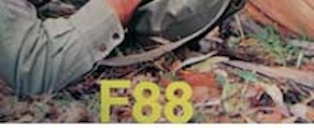The P-1856 Short Rifle
The P-1856 was the first short rifle in the new .577 calibre family of muskets made by the Enfield factory in England for the British Army. The long three band rifle musket which was used by the regular line infantry was introduced in 1853 and the model is known as the P-1853. The P-1856 was issued to all sergeants of Line Regiments, the Rifle Brigade and the 60th Regiment, the Cape Mounted Rifles and the Royal Canadian Rifles. Unlike the P-53 that was called a "rifle musket" the P-56 was called a "short rifle" or just a "rifle" to separate them from the long three band P-53 with a 39" barrel and the short carbine with 24" barrel. The P-56 had a 33" barrel. The P-56 replaced the old Baker and Brunswick rifles which was used in the British Army prior to the adoption of the minié system in 1851.
The P-1856 resembles the P-1858 Naval Rifle that's very common in replica form, but the barrel configuration is different. The Army Short Rifle has case hardened iron furniture while the Naval Rifle has brass. Another difference is that the Army's rifle has the rear sling swivel behind the trigger guard while the Naval Rifle has the sling swivel in front of the trigger guard. The P-56 has the same rifling twist, rifling depth and number of rifles as the P-53, i.e. three broad rifles that makes one turn in 78". Starting in 1858 both the P-53 and the P-56 was rifled with progressive depth rifles. That means the rifling is deeper at the breech (.015") and diminishes evenly towards the muzzle (.005").
Thanks to Øyvind Flatnes from https://svartkrutt.net/ for this information





